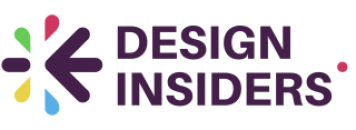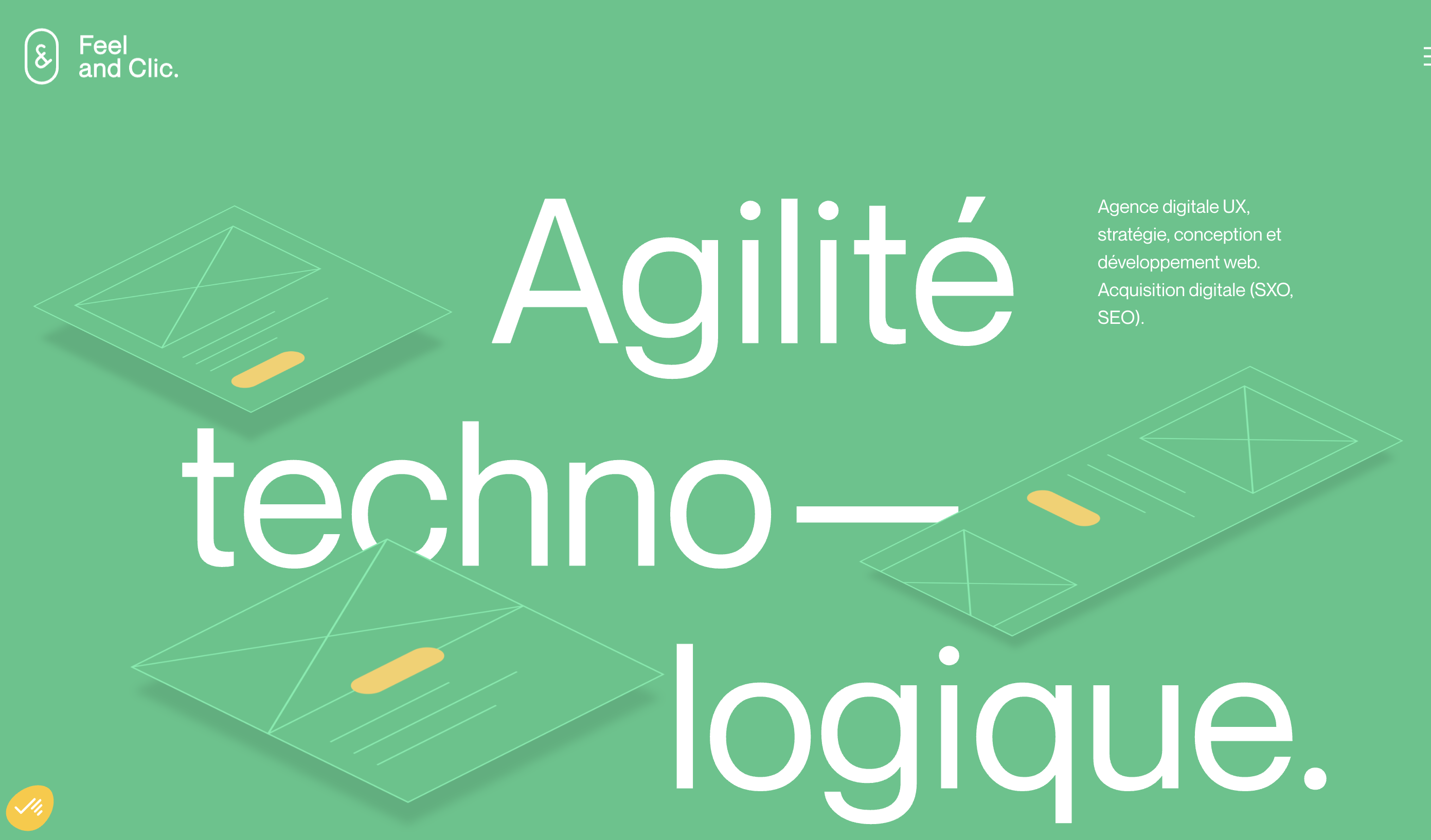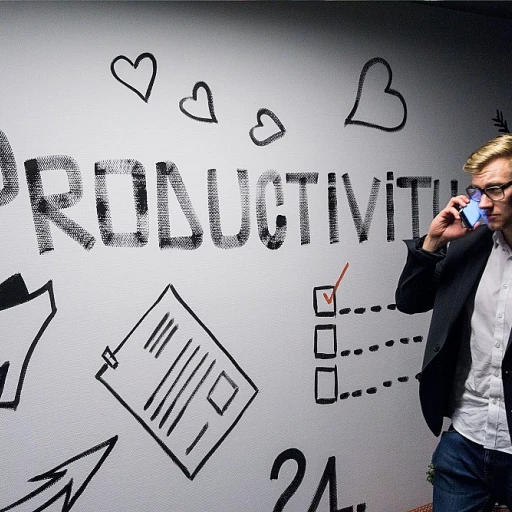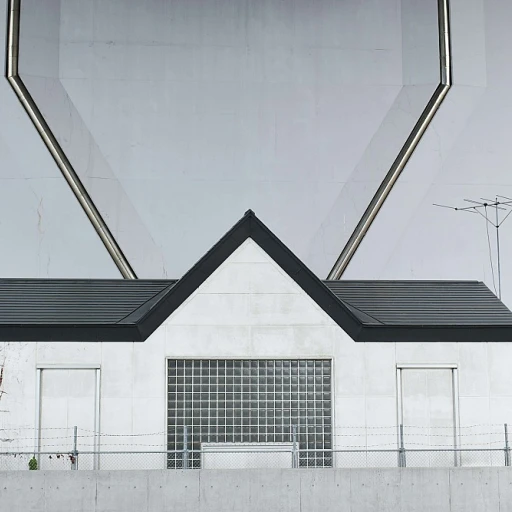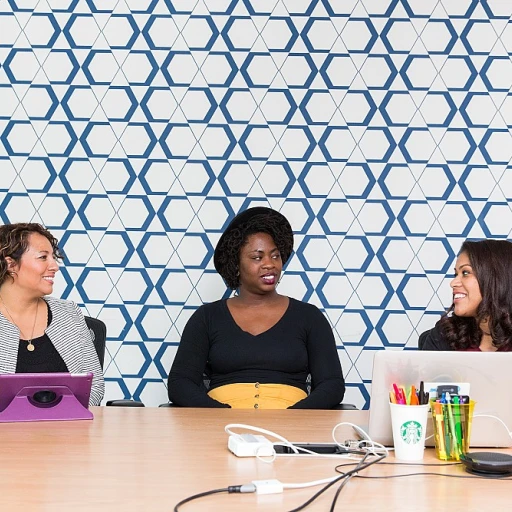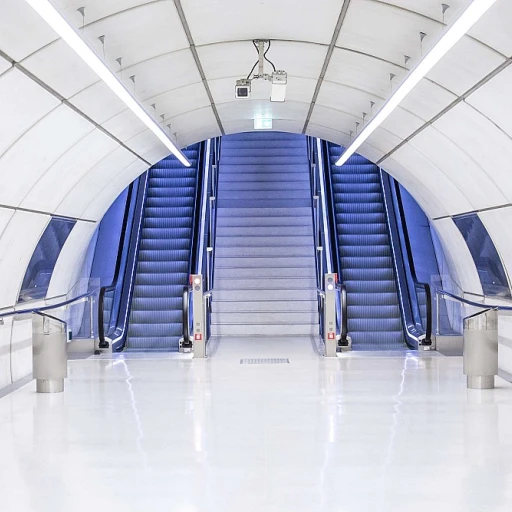
Understanding the Importance of Team Engagement
Why Team Engagement Matters in Design
The success of any design team heavily relies on its ability to maintain strong engagement among its members. This engagement isn't just about individual motivation; it's about fostering an environment where collaboration flourishes and creativity thrives. In a fast-paced industry such as design, where trends and technologies constantly evolve, keeping your team engaged can make all the difference.
A highly-engaged team is more likely to produce innovative solutions and maintain productivity even under pressure. When employees feel connected and committed to their team, they are typically more enthusiastic about their work and more willing to contribute beyond their basic responsibilities.
Impact on Productivity and Innovation
Engaged teams are not only motivated but also resilient, which leads to sustained innovation and high-quality outputs. In the world of design, where staying ahead of the curve is crucial, fostering engagement can create a competitive edge for your team. The collaborative nature of design work necessitates clear communication and trust, which are often cultivated through strong engagement.
The Link to Retention and Satisfaction
Beyond productivity, team engagement also significantly affects employee retention and job satisfaction. Professionals in the design field are always on the lookout for environments where their contributions are valued and their skills can be developed. By nurturing team engagement, organizations can ensure that top talent remains invested in their growth.
For more strategies on enhancing engagement within a design context, visit this insightful resource on design innovation opportunities.
Identifying Barriers to Engagement
Recognizing Common Obstacles
In any design team, identifying barriers to engagement is crucial for fostering a productive and harmonious work environment. These obstacles can often stem from a variety of sources, impacting how team members collaborate and contribute to the overall success of the company. Understanding these barriers is the first step towards creating a culture where employees feel valued and motivated.
Communication Breakdowns
One of the most prevalent barriers is poor communication. When team members struggle to communicate effectively, it can lead to misunderstandings and a lack of clarity in project goals. This not only affects the quality of work but also diminishes employee engagement. To improve teamwork, it's essential to establish clear channels of communication and encourage open dialogue among team members.
Lack of Purpose and Direction
Another significant barrier is the absence of a clear purpose or direction. Employees need to understand how their contributions fit into the larger picture of the company's goals. Without this understanding, it becomes challenging for them to feel engaged and motivated. Leaders should regularly communicate the team's objectives and celebrate milestones to reinforce the importance of each member's role.
Inadequate Support and Resources
Teams often face challenges when they lack the necessary support and resources to perform their tasks effectively. This can lead to frustration and disengagement among team members. Providing adequate tools, technologies, and training can help teams work more efficiently and foster a sense of support within the company culture.
Addressing Cultural Misalignment
A misalignment between the company culture and the values of the team can also hinder engagement. It's important to create a culture that aligns with the values and aspirations of the design team. This alignment helps in building a cohesive environment where team members feel connected and motivated to contribute creatively.
By recognizing these barriers, companies can take proactive steps to enhance employee engagement and improve team collaboration. For more insights on how to address these challenges, consider exploring effective strategies for enhancing your design strategy.
Strategies for Enhancing Engagement
Fostering a Collaborative Design Environment
Engagement within a team can be significantly boosted by creating an environment that encourages collaboration. When team members feel genuinely involved in the creative process, their engagement naturally increases, leading to more innovative and effective designs. Here are several strategies to achieve this:- Encourage Open Communication: Ensure everyone feels comfortable sharing their ideas without fear of judgment. A culture of transparency helps in surfacing diverse perspectives, which can ignite creativity.
- Regular Brainstorming Sessions: Scheduled group meetings can stimulate creative thinking. This practice allows for the cross-pollination of ideas and reinforces a sense of teamwork among designers.
- Flexible Work Structures: Allow team members to work in ways that suit them best, be it asynchronously or remotely. Flexibility can boost morale and improve productivity, fostering greater engagement.
- Utilize Collaborative Tools: Platforms like Slack or Trello can keep everyone in sync. Moreover, for design-centric tools, understanding whether Procreate or Photoshop suits your design needs can enhance workflow efficiency.
The Role of Leadership in Team Engagement
Leadership as the Catalyst for Team Engagement
In any design team, leadership plays a pivotal role in fostering a culture of engagement. Leaders are not just figureheads; they are the architects of the team’s environment and the drivers of its culture. A leader’s ability to communicate effectively and demonstrate genuine support for their team members can significantly improve team dynamics and employee engagement.
Engaged employees are often a reflection of a leader who values open communication and encourages creative problem solving. Leaders should actively engage employees by creating opportunities for team building and collaboration. This not only helps team members feel valued but also strengthens their commitment to the company’s purpose.
Creating a Culture of Trust and Contribution
Leaders must work to create a culture where team members feel safe to express their ideas and contribute to the team’s goals. This involves celebrating successes and acknowledging the contributions of each team member. When employees feel their work is appreciated, they are more likely to be engaged and motivated.
Moreover, leaders should focus on building activities that promote a sense of belonging and purpose within the team. This can be achieved through regular engagement surveys, which help identify areas for improvement and ensure that the team’s efforts align with the company’s objectives.
Supporting Teams with the Right Tools
Leadership also involves providing the necessary tools and technologies that support engagement. By equipping teams with the right resources, leaders can help team members work effectively and improve teamwork. This support is crucial for maintaining high levels of engagement and ensuring that the design team can meet its goals.
Ultimately, the role of leadership in team engagement is about creating an environment where employees love to work, feel supported, and are motivated to contribute to the team’s success. By focusing on communication, culture, and support, leaders can help teams thrive and achieve their full potential.
Tools and Technologies to Support Engagement
Harnessing Digital Tools
Leveraging digital tools and technologies can significantly boost team engagement in design projects. These platforms facilitate seamless communication, collaborative workflows, and shared creative spaces. By implementing effective project management platforms, teams can streamline their design processes, reducing friction and enhancing productivity.
Virtual Collaboration Spaces
Virtual collaboration spaces are game changers for design teams. They provide a centralized hub for brainstorming sessions, feedback exchanges, and real-time updates. This not only promotes transparency but also fosters an inclusive environment where every team member can contribute.
Design-Specific Software
Utilizing design-specific software tailored to the project's needs can alleviate potential barriers to engagement. Tools like advanced graphic design suites and UX prototyping software enable teams to experiment and iterate more efficiently, leading to more innovative solutions.
Enhancing Communication with Technology
Clear and consistent communication is critical for maintaining team cohesion. Technologies such as instant messaging apps and video conferencing tools bridge the gap between remote team members, ensuring that everyone remains on the same page and feels connected to the project's goals.
Integrating Feedback Loops
Lastly, integrating structured feedback loops within digital platforms allows teams to regularly assess progress and make necessary adjustments. This approach not only keeps everyone aligned but also strengthens the overall team dynamics by emphasizing collective growth and learning.
Measuring and Sustaining Engagement
Tracking Progress and Celebrating Success
To sustain employee engagement within your design team, it's crucial to measure progress and celebrate achievements. Engaged employees are more likely to contribute creatively and work effectively towards the team's goals. Regularly assessing the level of engagement through tools like engagement surveys can help identify areas for improvement and ensure that team members feel valued and heard.
Utilizing Engagement Surveys
Engagement surveys are a powerful tool to gauge how employees feel about their work environment and company culture. These surveys can help teams identify potential barriers to engagement and provide insights into how to improve teamwork. By understanding the feedback from these surveys, leaders can create strategies that enhance team collaboration and support a positive work culture.
Creating a Culture of Recognition
Celebrating the contributions of each team member is essential in building a cohesive and motivated team. Recognizing achievements, whether big or small, can significantly boost morale and reinforce the purpose of the team's work. This culture of recognition not only helps team members feel appreciated but also fosters a sense of belonging and commitment to the company's goals.
Implementing Continuous Improvement
To maintain high levels of engagement, it's important to continuously evaluate and refine your strategies. Regular feedback sessions and team building activities can help teams address any issues and adapt to changing dynamics. Encouraging open communication and problem solving among team members will help create an environment where everyone feels empowered to contribute their best work.
By focusing on these aspects, your design team can sustain a high level of engagement, leading to more innovative solutions and a stronger company culture.
